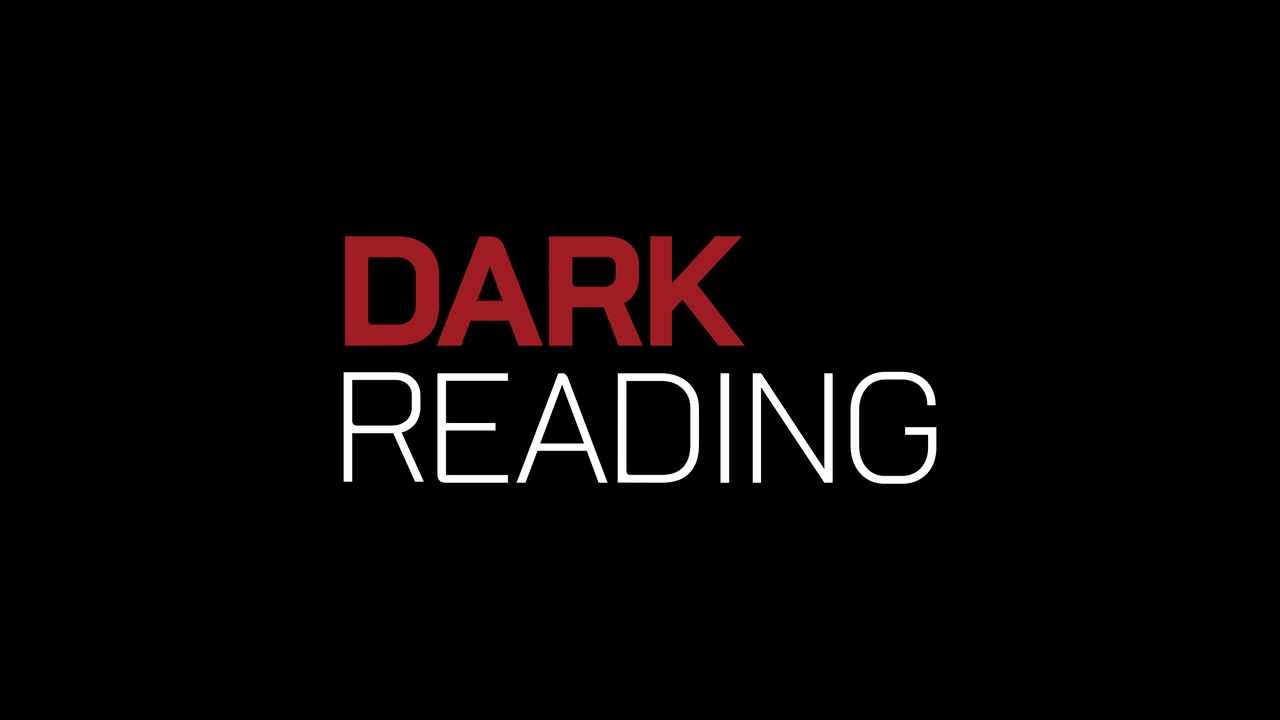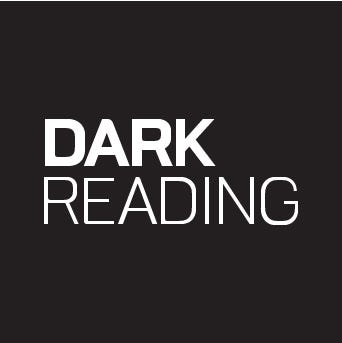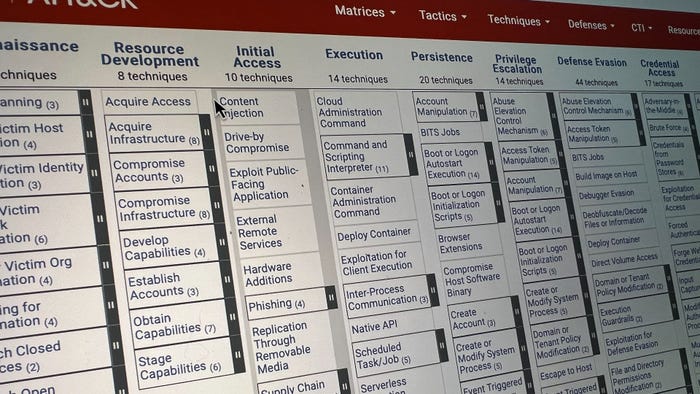Zoom Brings Two-Factor Authentication to All UsersZoom Brings Two-Factor Authentication to All Users
This marks the latest step Zoom has taken to improve user security as more employees work from home.

Zoom today confirmed two-factor authentication (2FA) will now be available for all users of the videoconferencing platform, which has come under intense security scrutiny as employees around the world continue to work from home to curb the spread of COVID-19.
Zoom's 2FA will let users opt for authentication apps such as Google Authenticator, Microsoft Authenticator, and FreeOTP, which support the time-based one-time password (TOTP) protocol. Alternatively, users could have Zoom send a code via SMS or phone call as the second factor.
The platform offers authentication methods such as SAML, OAuth, and/or passwords, which individuals can enable or disable on their accounts. To enable 2FA for password-based authentication, users should first sign in to the Zoom dashboard, access the navigation menu, click Advanced > Security, and ensure Sign in with Two-Factor Authentication is enabled.
There, users can choose to enable 2FA for all users on an account, for users with specific roles, or for users belonging to specific groups.
This marks Zoom's latest effort to improve security for all users as researchers continue to find the gaps where attackers can break in. Earlier this summer, the company announced plans to offer end-to-end encryption (E2EE) for both paid and free users. It had previously said this would only be available to paid users of the platform.
Read more details here.
About the Author
You May Also Like
Shifting Left: DevSecOps in the Cloud
Feb 4, 2025Uncovering Threats to Your Mainframe & How to Keep Host Access Secure
Feb 13, 2025Securing the Remote Workforce
Feb 20, 2025Emerging Technologies and Their Impact on CISO Strategies
Feb 25, 2025How CISOs Navigate the Regulatory and Compliance Maze
Feb 26, 2025




